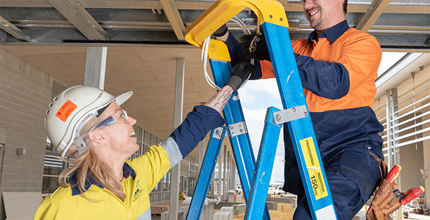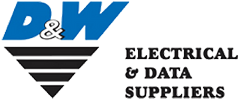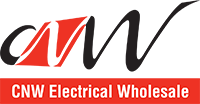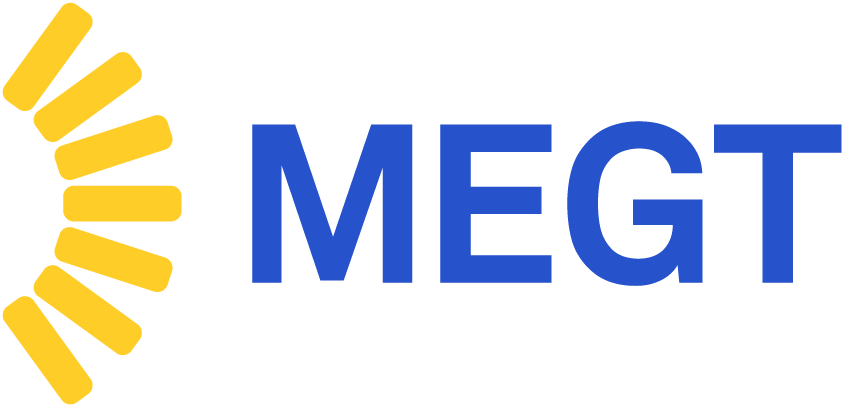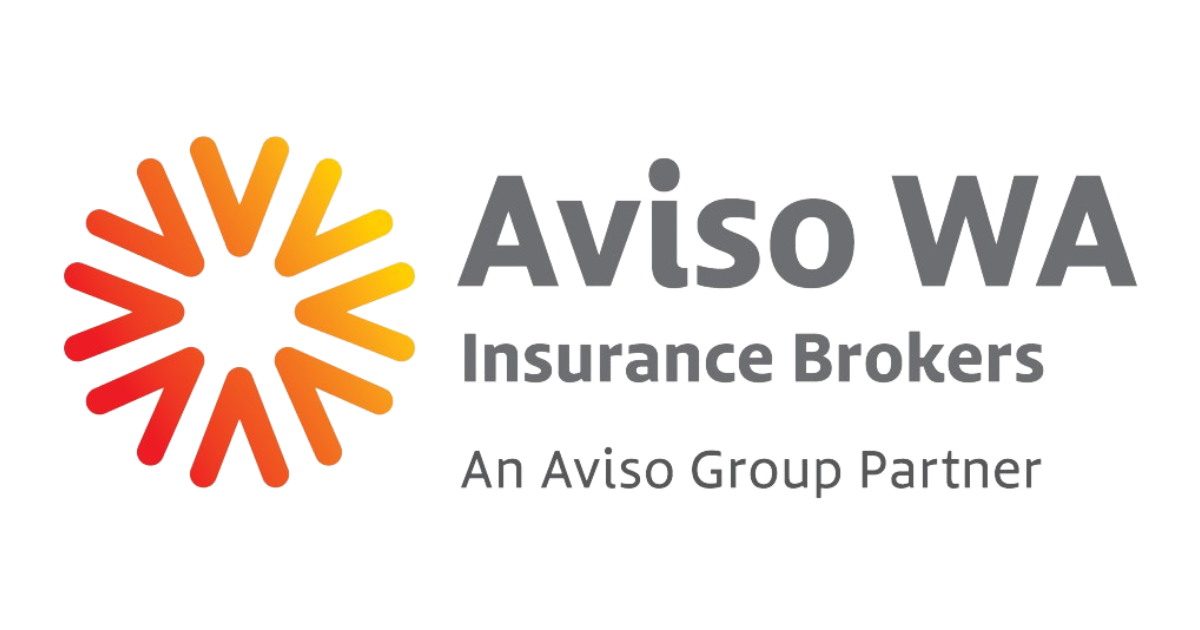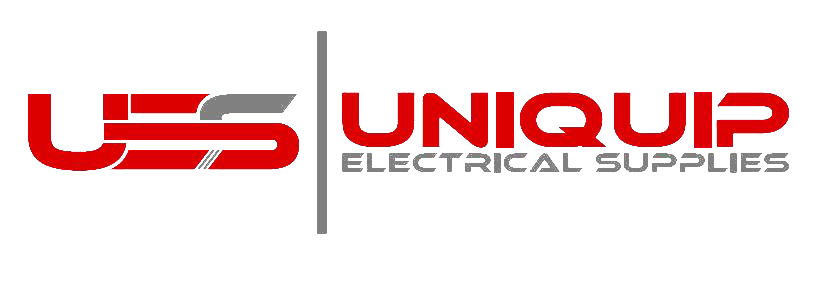Safety Alert 126 | EWPs And Other Machinery

Working with Elevated Work Platforms (EWPs) involves significant risks that can
lead to serious injury or even death if not properly managed.
The five key risks associated with EWPs are:
- Overturning during movement or on uneven ground
- Uncontrolled movement due to freewheeling
- Slipping, especially in conditions with low surface friction
- Improper use due to failure to follow the manufacturer’s instructions
- Lack of training or familiarity with the specific EWP being used
To reduce these risks, operators must be fully trained, follow all manufacturer
guidelines, and carefully assess the equipment and environment before use. When
loading or unloading EWPs, always try to involve a safety observer or use
appropriate equipment to avoid having one person perform the task alone. Solo
operations significantly increase the likelihood of incidents and should be avoided
wherever possible.
Always treat EWP work as high-risk and approach it with caution, preparation, and a
focus on teamwork and safety.
Types of EWPs
- Scissor lift – lift that is in a fixed position only able to move vertically
- Self-propelled boom lift – also known as a cherry picker is a lift that has a hydraulic arm that can extend both vertically and horizontally.
- Trailer or vehicle mounted lift – Towed behind or on a vehicle and typically used for short-term tasks with a hydraulic arm that can extend both vertical and horizontal
- Telehandlers with elevating work platform attachments – similar to a trailer or vehicle mounted lift but it is made to facilitate different work depending on the attachment equipped
Other Types of Machinery
In addition to Elevated Work Platforms (EWPs), a variety of machinery is commonly
used on worksites that pose significant safety risks if not operated correctly. Each
type has unique hazards that require proper controls, training, and situational
awareness.
Excavators – Risk of contact with underground electrical cables during digging. Always verify underground services before excavation and maintain clear communication with operators.
Forklifts – Used to move heavy equipment and materials; pose risks of collisions and tip-overs. Be cautious when working near forklifts and always stay visible to the operator.
Cranes (Mobile and Tower) – Used for lifting heavy electrical equipment or cable reels. Be aware of overhead loads and swing areas to avoid being in the “line of fire.”
Generators – Essential for temporary power but carry risks of electric shock, fire, and carbon monoxide exposure. Always ensure generators are properly grounded and maintained.
Power Tools and Portable Equipment – Includes drills, saws, and testing devices that present electrical and mechanical hazards. Use appropriate personal protective equipment (PPE) and inspect tools regularly.
Line of Fire
"Line of fire" refers to being in a position where you or a colleague are at direct risk
of injury from moving equipment, tools, or other hazards. In the context of EWPs and
other machinery, a common line of fire risk is being caught in-between which occur
when a person becomes trapped between a moving machine and a fixed object,
such as a wall, barrier, or vehicle. Caught-in/between incidents can result in serious
or even life-threatening injuries, and must be actively prevented through awareness,
proper positioning, and the use of spotters or exclusion zones.
Another “line of fire” injury experienced by EGT apprentices recently is getting their
hands caught between the guard rail and something hanging from the roof while
raising the EWP. Two apprentices have had serious injuries to their hands recently
because of this, so always check for clearance above as well as to the sides while
moving and raising in EWP.
(We've previously covered this in Safety Alert 124 which you can read here)
Feedback:
For further information or feedback regarding this Safety Alert, please contact EGT
on (08) 6241 6100 or talk to your Field Officer.

